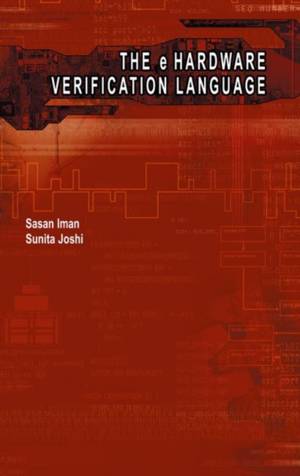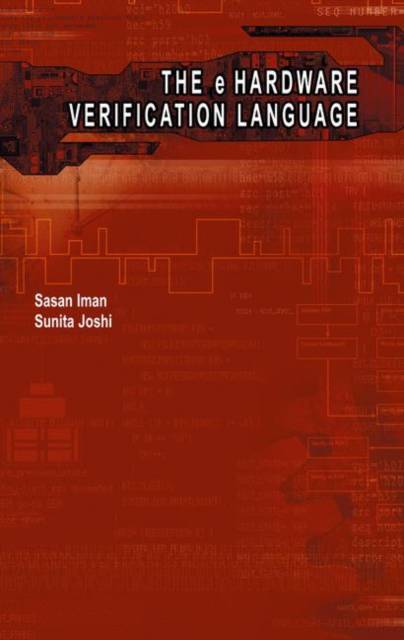
- Afhalen na 1 uur in een winkel met voorraad
- Gratis thuislevering in België vanaf € 30
- Ruim aanbod met 7 miljoen producten
- Afhalen na 1 uur in een winkel met voorraad
- Gratis thuislevering in België vanaf € 30
- Ruim aanbod met 7 miljoen producten
Zoeken
€ 227,45
+ 454 punten
Uitvoering
Omschrijving
I am glad to see this new book on the e language and on verification. I am especially glad to see a description of the e Reuse Methodology (eRM). The main goal of verification is, after all, finding more bugs quicker using given resources, and verification reuse (module-to-system, old-system-to-new-system etc. ) is a key enabling component. This book offers a fresh approach in teaching the e hardware verification language within the context of coverage driven verification methodology. I hope it will help the reader und- stand the many important and interesting topics surrounding hardware verification. Yoav Hollander Founder and CTO, Verisity Inc. Preface This book provides a detailed coverage of the e hardware verification language (HVL), state of the art verification methodologies, and the use of e HVL as a facilitating verification tool in implementing a state of the art verification environment. It includes comprehensive descriptions of the new concepts introduced by the e language, e language syntax, and its as- ciated semantics. This book also describes the architectural views and requirements of verifi- tion environments (randomly generated environments, coverage driven verification environments, etc. ), verification blocks in the architectural views (i. e. generators, initiators, c- lectors, checkers, monitors, coverage definitions, etc. ) and their implementations using the e HVL. Moreover, the e Reuse Methodology (eRM), the motivation for defining such a gui- line, and step-by-step instructions for building an eRM compliant e Verification Component (eVC) are also discussed.
Specificaties
Betrokkenen
- Auteur(s):
- Uitgeverij:
Inhoud
- Aantal bladzijden:
- 349
- Taal:
- Engels
Eigenschappen
- Productcode (EAN):
- 9781475779264
- Verschijningsdatum:
- 23/03/2013
- Uitvoering:
- Paperback
- Formaat:
- Trade paperback (VS)
- Afmetingen:
- 156 mm x 234 mm
- Gewicht:
- 526 g

Alleen bij Standaard Boekhandel
+ 454 punten op je klantenkaart van Standaard Boekhandel
Beoordelingen
We publiceren alleen reviews die voldoen aan de voorwaarden voor reviews. Bekijk onze voorwaarden voor reviews.








